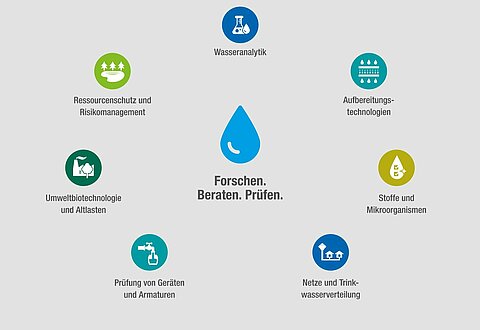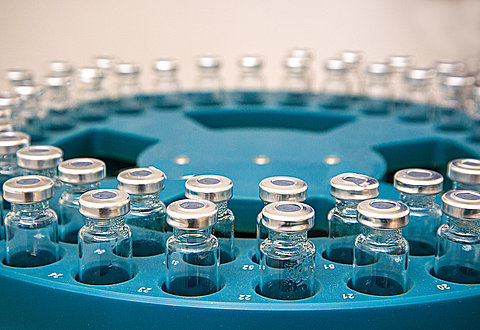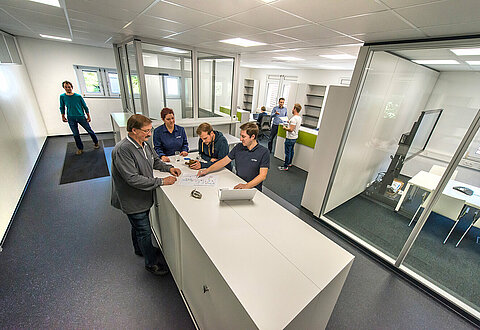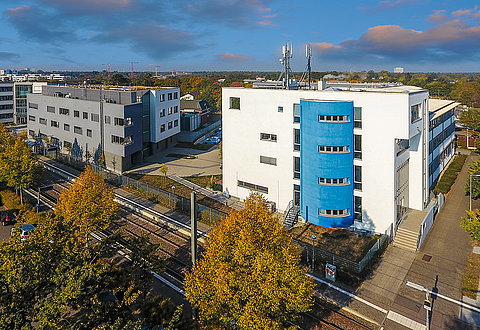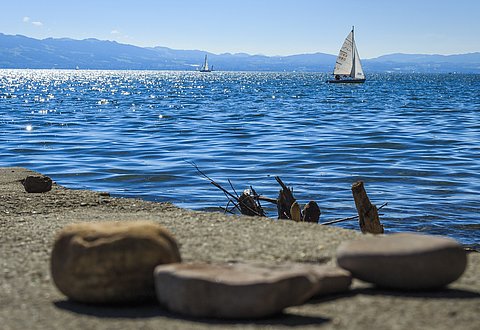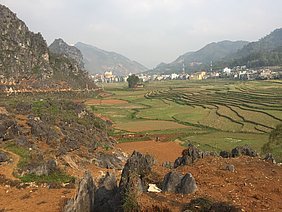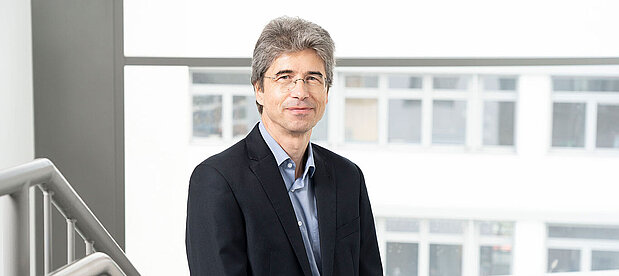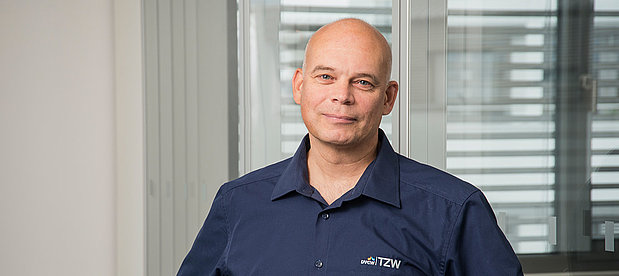As part of the finished joint research project KaWaTechSolutions with subsidy of BMBF, the TZW together with the industrial partner Hydro-Elektrik GmbH, tested conventional flocculation filtration and ceramic membranes for drinking water production, which can be used under rural conditions in Vietnam.
Within the KaWaTechSolutions joint research project (coordination: KIT, subsidy by BMBF), TZW took on a sub-project to develop a process concept for drinking water treatment for the rural karst region of Dong Van in northern Vietnam.
Due to the lack of water in the karst region, river water is pumped over a geodetic height difference of 400 m to the Dong Van region. The TZW suggested a process concept for the treatment of drinking water for this river water and made it available to the Vietnamese partners. The aim is to comply with the WHO guidelines and the specifications of the Vietnamese drinking water ordinance. The treatment concept is based on rapid filtration with optional flocculant dosing in the inlet of the rapid filter to improve particle retention. Sodium hypochlorite was choosen to disinfect the filtrate. Also part of the system is a sedimentation tank for treating the waste water from backwashing the sand filters.
The results of pilot-scale trials were considered by the process concept. For this purpose, a pilot container was manufactured by the SME-project partner, Hydroelektrik GmbH. The pilot container contained a treatment line with conventional rapid filters and two treatment lines with ceramic membranes. Various membrane types were used here, with which previously untested operating modes were tested in continuous operation. Processing line 1 was permanently equipped with an ultrafiltration module made from aluminium oxide. In line 2, microfiltration membrane modules made of silicon carbide and aluminum oxide were used in different trial phases. The most suitable from various membrane module types were identified in laboratory scale. The membrane areas of the modules used in the pilot plant were between 1 and 3.2 m². Flux values between 100 and 300 L/(m² h) were set for filtration. During filtration, the permeability at 20 °C was between 200 and 400 L/(m² h bar) with ultrafiltration and 1,000 to 2,000 L/(m² h bar) with the silicon carbide microfiltration membrane. The membranes were operated with a special procedure involving ozone.
The raw water turbidity in the inflow of the test facility was subject to natural fluctuations and reached values in the range of 0.5 and 3 NTU. The test container was operated at two different locations in Germany with spring water.
The tests have shown that ceramic membranes can be operated stably with significantly higher flux values. Under the experimental conditions, it would have been possible to halve the membrane area compared to polymer membranes to produce a given amount of water with ceramic membranes. Under the experimental conditions, the silicon carbide membrane showed a better permeability than the alumina membrane. In comparison to the conventional treatment by flocculation filtration operated in parallel with the membranes, the retention of microbiological indicator organisms (e. g. E. coli, coliform bacteria) was better even with microfiltration membranes. In principle, ceramic membranes could also be used in the project region in Vietnam.
The project was carried out together with a Vietnamese master student of the KIT.
The project is finished.


![[Translate to English:] Prüfstelle-Produktprüfung_Teststand Test centre and product testing](/fileadmin/_processed_/0/9/csm_TZW-Karlsruhe_Pruefung_Geraete-Teststand_444204ae51.jpg)
















